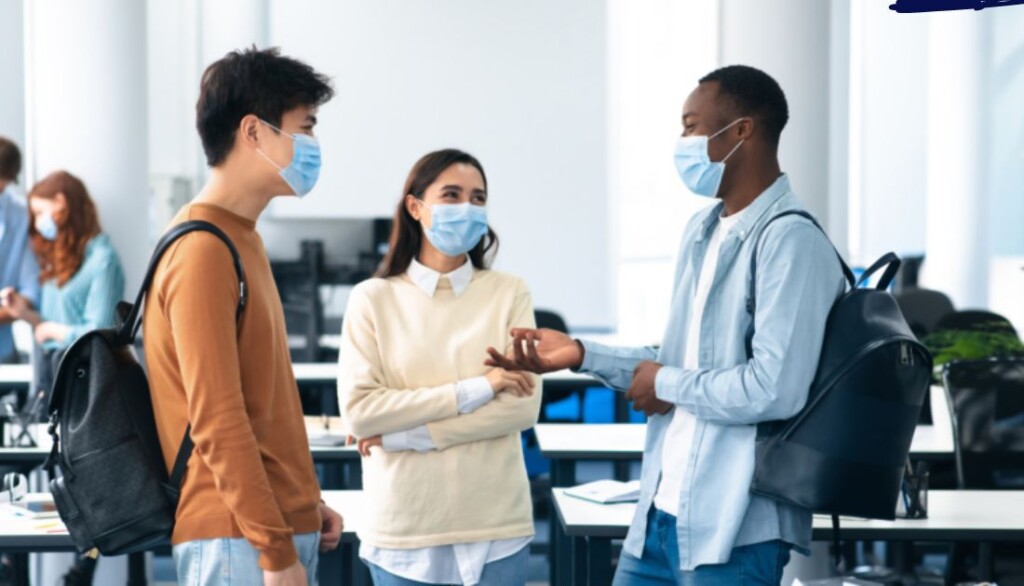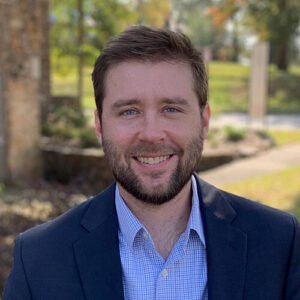Every March, thousands of fourth-year medical students finally learn what they’ve been anxiously wondering for months: where they will be completing their residency training.
Also referred to as The Match, the Main Residency Match program is a system that pairs residency applicants and programs—eventually culminating in Match Day.
The path to matching is a lengthy and complex one, with varying (and multiple) directives and deadlines for a number of different audiences. As a result, it can be a bit overwhelming trying to get a grasp on how the whole matching process works.
If you want to learn more about the history of “The Match” and why it exists in its current form, we recommend reading Dr. Bryan Carmody’s multipart series on the topic. Below we provide a simplified overview for applicants, including key milestones leading up to Match Day.
#1 – Residency applications and interviews
In the fall, fourth-year medical students begin selecting programs, sending applications and supporting materials to residency programs through the Electronic Residency Application Service (ERAS).
Based on a number of criteria, those programs decide who they want to invite for interviews.
#2 – Rankings
After submitting applications, students can register online with the National Resident Matching Program (NRMP).
Then, normally in February (and after completing interviews), applicants submit to the NRMP via its Registration, Ranking and Results (R3) system regarding the programs where they interviewed and want to train in—and rank them in order of preference. These are called rank order lists, or ROLs.
At the same time, residency program directors list applicants they’ve interviewed and wish to train—also in order of preference.
Then, the matching process begins.
#3 – Matching
Leading up to Match Day, the NRMP is busy assessing and verifying all the data it’s received from applicants and residency program directors. The actual “matching” is done by a mathematical algorithm, which pairs applicants and programs by aligning their ROLs.
#4 – Find out if you matched
This is the first of a two-stage reveal that happens in March.
On the Monday of Match Week, applicants find out if (but not where) they matched for a residency program. They will receive an email at 10 a.m. ET but can also access the news through the R3 system.
They don’t learn the actual specifics until Friday of that week (aka Match Day).
Students who don’t match to a program or only partially match can go through the Supplemental Offer and Acceptance Program (SOAP) to apply for any residencies that are still open.
#5 – Find out where you matched
Every March on the third Friday, applicants learn where they will be doing their residencies, and what their specialty will be.
Match results are provided during Match Day ceremonies—held online or in-person—at 12 noon ET all across the country. The NRMP will also send follow-up emails to applicants.
Once a student is matched to a residency program there are a number of things they can start doing to prepare (after celebrating). Check out our 2026 guide to what to do after Match Day to make sure you’re fully prepared.
Need financing?
No one should borrow more than they need, but many need money to navigate the expensive transition to residency or even covering unexpected costs during residency. In fact, our physician co-founders struggled to make ends meet in residency which is why Panacea was founded, to give all doctors and doctors-in-training (not just attendings) a fair shake.
That is why we provide PRN personal loans for medical students with low, fixed interest rates (half the rate of the average credit card) and with no cosigner required10. We can help you secure the financing you need at any time, fast.
Go to panaceafinancial.com today to learn more. When you’re ready to get started, you can click here to start your application – it takes just 8 minutes!
Panacea Financial, a division of Primis. Member FDIC.




